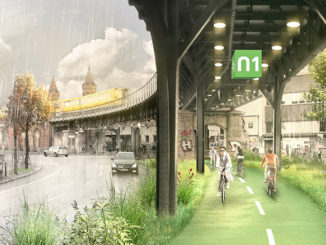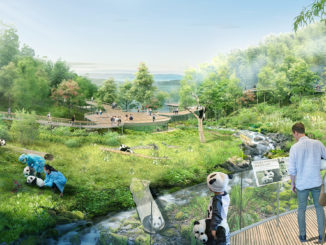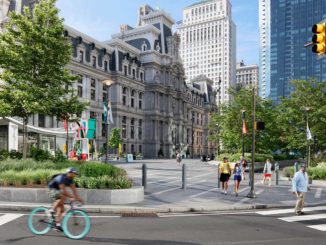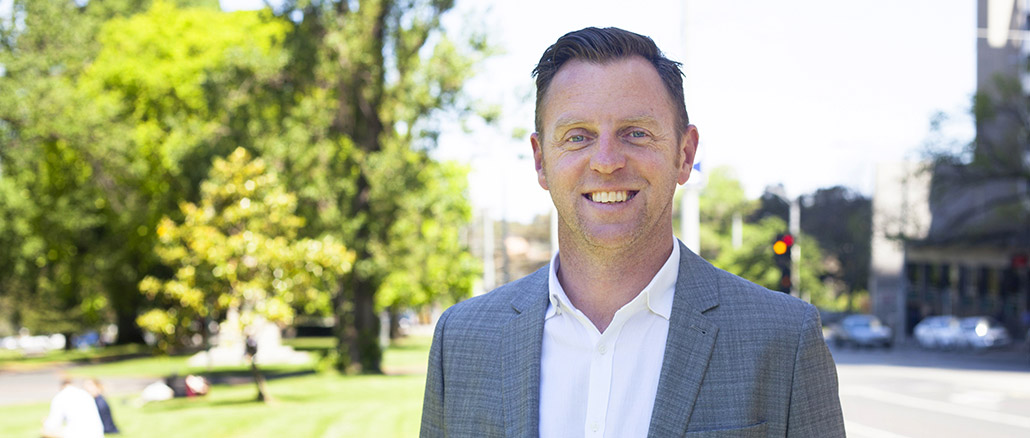
Recently WLA sat down with Steve Schutt for a WLA landscape architect profile. Steve is a registered landscape architect with extensive experience in Australia and internationally. He is skilled and experienced in the delivery of a broad array of projects across the fields of public domain design, residential landscapes, educational institutions, recreational facilities, natural and rehabilitated landscapes, commercial developments and large-scale infrastructure projects.
WLA | What made you want to become a landscape architect?
Steve | Since early childhood I’ve always been very keen on both drawing and reading, but balanced with a love of being outdoors and immersed in the landscape. I spent a lot of time during my teens involved in outdoor pursuits, including sailing, surfing, skateboarding, hiking and camping, which I expect instilled an affinity with external environments and the natural forces which are experienced within those spaces and places. However, even into my final year at secondary school I don’t recall being consciously aware that landscape architecture as a profession even existed. I actually enrolled in the town planning degree at Melbourne University, I suppose on the basis that I expected there to be some sort of relationship between the two disciplines, however I quickly realised whilst there may be some commonality between planning and design, there are also significant differences. I subsequently transitioned into the landscape architecture course and have continued along that path until now.
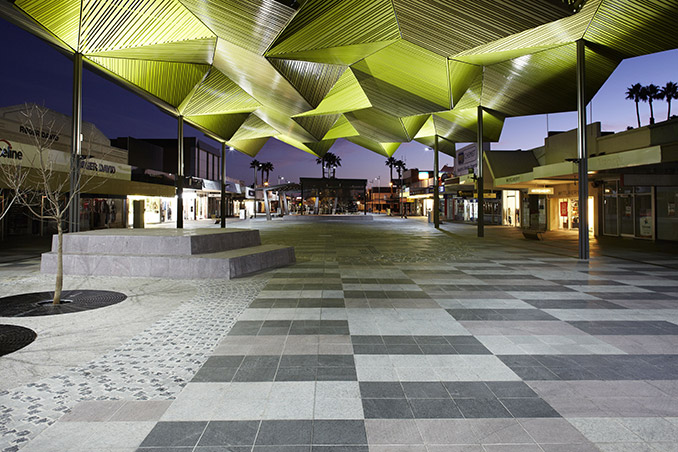
“I believe that landscape architecture is fundamentally concerned with context….”
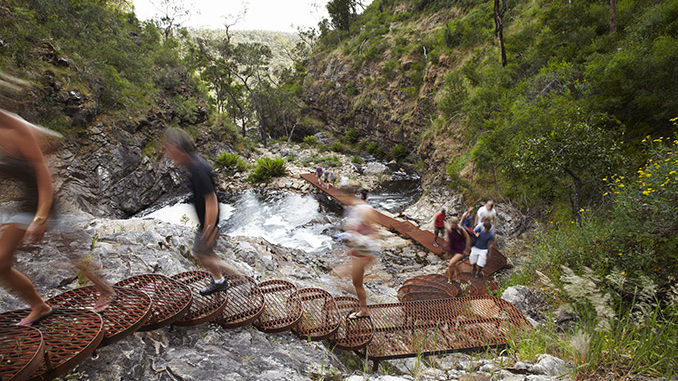
WLA | How would you describe your approach as a landscape architect?
Steve | I believe that landscape architecture is fundamentally concerned with context, and I think that my role as a landscape architect is to interpret that context and reflect it in such a way that it is clear enough to users of the spaces we design that there is a connection, without being so obvious as to slip into mimicry or caricature. A lot of my professional experience has been in the design of public spaces within an existing urban fabric rather than ‘greenfields’ design, and I would expect that probably accounts for the emphasis I place on context.
The other key focus I have is on designing with an awareness of how a space will be activated and used. My preference in this regard is to under rather than over-program a space through design, such that an inherent flexibility remains, and allows people to use a space in the manner which best suits them. Again, with the focus of much of my work being in the public domain, I think it would be somewhat arrogant for me to assume that I have total understanding of how an individual – any individual – will utilise a space which I have designed. I would rather give that individual some broad parameters, and allow them the creativity to use the space as they see fit.
WLA | Where do you start with a new project?
Steve | The starting point for most new projects involves listening. We spend a lot of time in the early stages of a new project meeting the stakeholders, and trying to gain an understanding of what their expectations are. It’s often a very collaborative process, and one in which we are very much aware of the value of the knowledge which is held by those who live, work or use a particular place or space. We are always very open to the receipt of ideas, inspirations and aspirations from community members, and I firmly believe that the generation of great ideas isn’t limited just to the designer. In that respect I see my role as a landscape architect being to utilise my expertise to take an idea or suggestion from ‘non-design’ people and be able to deliver a designed – and ideally built – outcome which meets their expectations and provides the manifestation of their idea as a physical reality.
What is the future of landscape architecture?
Landscape architecture is such a broad and varied profession that it’s difficult (if not impossible) to predict a clear path into the future. I suppose on the basis of my own 20-something years of experience, the most obvious changes I have noticed involve advances in technology, which are primarily associated with the manner in which we as landscape architects communicate with people beyond our profession. Our ability now – thanks to technology – to produce incredibly realistic graphic representations of our ideas allows us to talk to a much larger audience, and more importantly, provides us with a much greater likelihood that the ideas being communicated will be understood.
Having said that, I do believe strongly that the technology we use today is merely the tool to communicate the idea. The idea still has to have merit, and has to deliver an outcome which satisfies – and hopefully delights – the end user of the place being designed. So perhaps the future of landscape architecture involves the application of the technology at our disposal to ensure that more people understand who we are, what we do and how we can contribute to their own wellbeing through the application of our knowledge in the design of the external environments they inhabit.
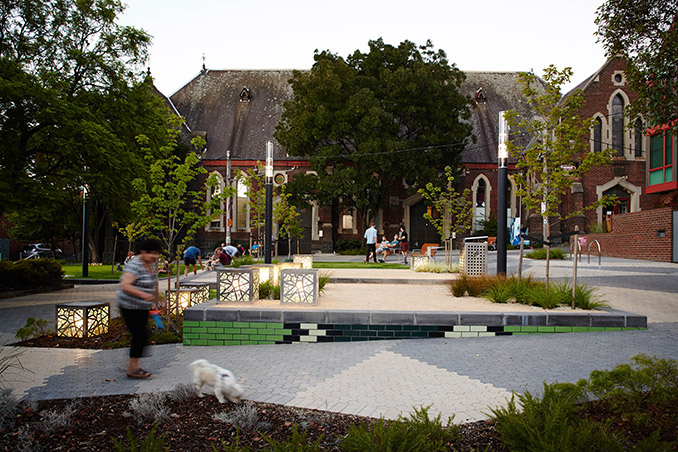
Image Credits | Andrew Lloyd Photography
This profile originally appeared in WLA Magazine – WLA30

